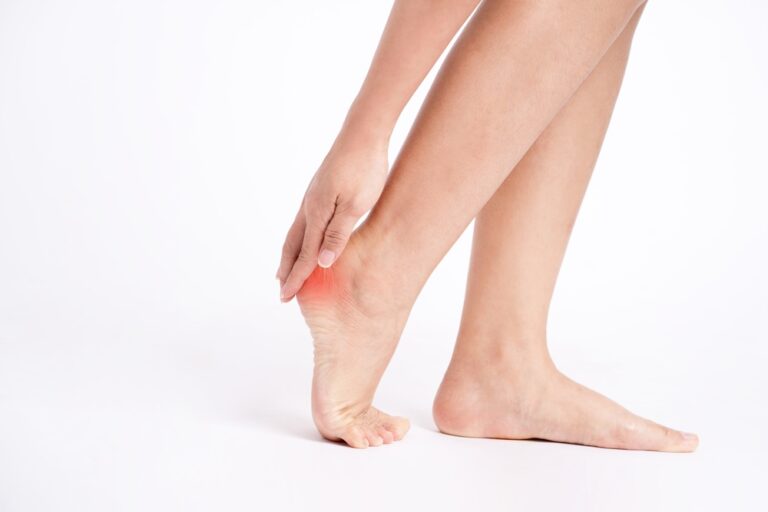One frequent reason for heel pain is a syndrome related to heel spur, which is also called plantar fasciitis. It happens when you develop a spur. It causes inflammation of the stiff, arch-shaped muscles connecting the thighs in the lower leg. This may cause pain in the feet with a stabbing sensation. The pain might decrease for some time, but it might return after a long period. This pain is most common in runners or people dealing with obesity. Other conditions include Achilles tendinitis, nerve irritation, stress fracture, or sometimes a cyst, which may also cause heel pain.
Heel pain can intrude into your lifestyle, causing problems to work and complete daily tasks. Surgeries are rarely needed for heel pain. But if these pains are not treated on time, you might develop chronic problems that will require longer recovery. Some expert Podiatry Centers have helped people recover from heel pain. If it seems possible for you to visit, you can also try visiting a Podiatry in Tucson, AZ.
Symptoms and treatment of leg pain
The symptoms of heel pain can vary from person to person and from case to case. In addition to hip pain, some other symptoms can be found in the lower legs, like bone growth, discoloration or redness, stiffness, tenderness, swelling, or pain after prolonged standing. It is said that the pain is worse when they get up in the morning and gradually decreases after a few minutes of walking.
Treatments for heel pain are as follows:
- Injection therapy
In some cases, corticosteroid injections are used to reduce pain and inflammation. Steroid injections should be given rarely; they may be granted for tendon problems that certainly help with bursitis and plantar fasciitis.
- Orthotic devices
Custom-made shoes are designed to take pressure off the heel; they give correct structural balance to the foot. Wearing splints at night while sleeping may help people suffering from morning pain. Switching to more comfortable and supportive shoes might help reduce pain.
- Taping and padding
Medical or athletic tape should be used to support the foot arch or heel. Padding the shoe may help support the feet and impact the walking process, cut down on physical activities that would provide your heel rest, and avoid walking barefoot.
- Icing
Using an ice pack every day for about 20 minutes helps reduce inflammation and swelling. The ice should not be used directly; a thin towel should be covered with the ice pack.
- Physical therapy
Exercises and stretching can be practiced daily for right tendons and muscles; physical therapy may be used to help provide signs of relief.
How to prevent heel pain?
To prevent heel pain on the first hand and to avoid it from coming back, it is suggested to keep the foot and heel tendons flexible. Weaning regular, properly fitted right, right-sized supportive shoes is important. Pointed or high heels must be avoided as they may trigger the pain. Taking proper rest and exercising daily will help.

